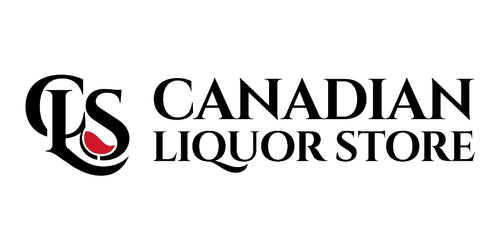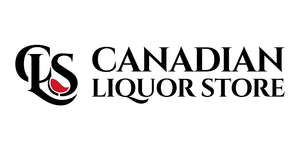Côte de Nuits
Named after its principal village of Nuits St Georges, the Côte de Nuits forms the northern half of Burgundy’s legendary Côte d’Or, a 20km strip stretching from Dijon to Nuits St Georges, with the best vineyards found halfway up its slopes where growing conditions are at their best. With 22 of the region’s 23 red Grands Crus, most of the world’s great Pinot Noirs are made here, along with a small number of high-quality Chardonnays.

It is the most northerly region in Europe making great red wines, and for that reason getting the Pinot Noir grape to ripen before the wet autumn sets in is always a challenge. Along with the Côte de Beaune, it is the most elaborate classification in the world, where the influence of terroir is most keenly felt. It is also the most fragmented.
The wines express many different styles but in general are weightier, firmer and more deeply coloured than their Côte de Beaune counterparts.
Champagne Wine Region
Champagne is the most northerly wine region in France and is situated north-east of Paris. There are three main vineyard areas: Côte des Blancs, Vallée de la Marne and Montagne de Reims.

Ripeness of the grapes is often a problem, which is one reason why a blend of grape varieties is usually used: the white Chardonnay to give fruit and elegance, and two reds – Pinot Noir (particularly to provide a ‘backbone’) and Pinot Meunier.
In Champagne there are around 15,000 growers and 290 Champagne houses. Traditionally, growers have sold their grapes to the Champagne houses which account for 70 percent of production and 90 percent of exports. Recently, increasing numbers of growers are making growers’ Champagnes themselves, using their own grapes.

The Champagne houses used to be organized into a Syndicat des Grandes Marques, which had 28 members, not all of them of equal quality. That has now been superseded by the Club des Grandes Marques, with 24 participants: Ayala, Billecart-Salmon, Bollinger, Canard- Duchêne, Deutz, Dom Pérignon, Heidsieck & Co. Monopole, Henriot, Krug, Lanson, Laurent-Perrier, Moët & Chandon, G.H. Mumm, Perrier Jouët, Joseph Perrier, Piper-Heidsieck, Pol Roger, Pommery, Ch. & A Prieur, Louis Roederer, Ruinart, Salon, Taittinger, Veuve Clicquot-Ponsardin.
Champagne Styles
-Vintage Champagne (made exclusively from grapes grown in a single year, this is produced only in the best year and released at six years of age)
-Non-Vintage Champagne (Most of the Champagne produced today is non-Vintage, comprising the blended product of grapes from multiple vintages. Typically, grapes from a single-year vintage will form the base of the blend, ranging from 15 percent to up to 40 percent)
-Rose Champagne (Typically light in colour, rosé Champagne is produced either by leaving the clear juice of black grapes to macerate on its skins for a brief time, or by adding a small amount of Pinot Noir red wine to the sparkling wine cuvée);
-Luxury (prestige) Cuvee (Top of the range, this is vintage dated)
-Demi-Sec (Rich) Champagne
(Demi-Sec or Rich is a medium-dry to medium-sweet style which occupies the other end of the spectrum from the standard dry "Brut" style. Brut Natural or Brut Zéro contains less than three grams of sugar per litre, Extra Brut has less than six grams of sugar per litre, and Brut less than 12 grams of sugar per litre)
-Recently Disgorged Champagne (R.D. (Recently Disgorged) style was introduced for the first time by Madame Bollinger in 1961, on the 1952 Bollinger Grande Année vintage. Late disgorgement allows the Champagne to retain its freshness, vivacity and fruity expression, despite the ageing)
-Blanc de Blanc Champagne (A Champagne made exclusively from Chardonnay grapes)

